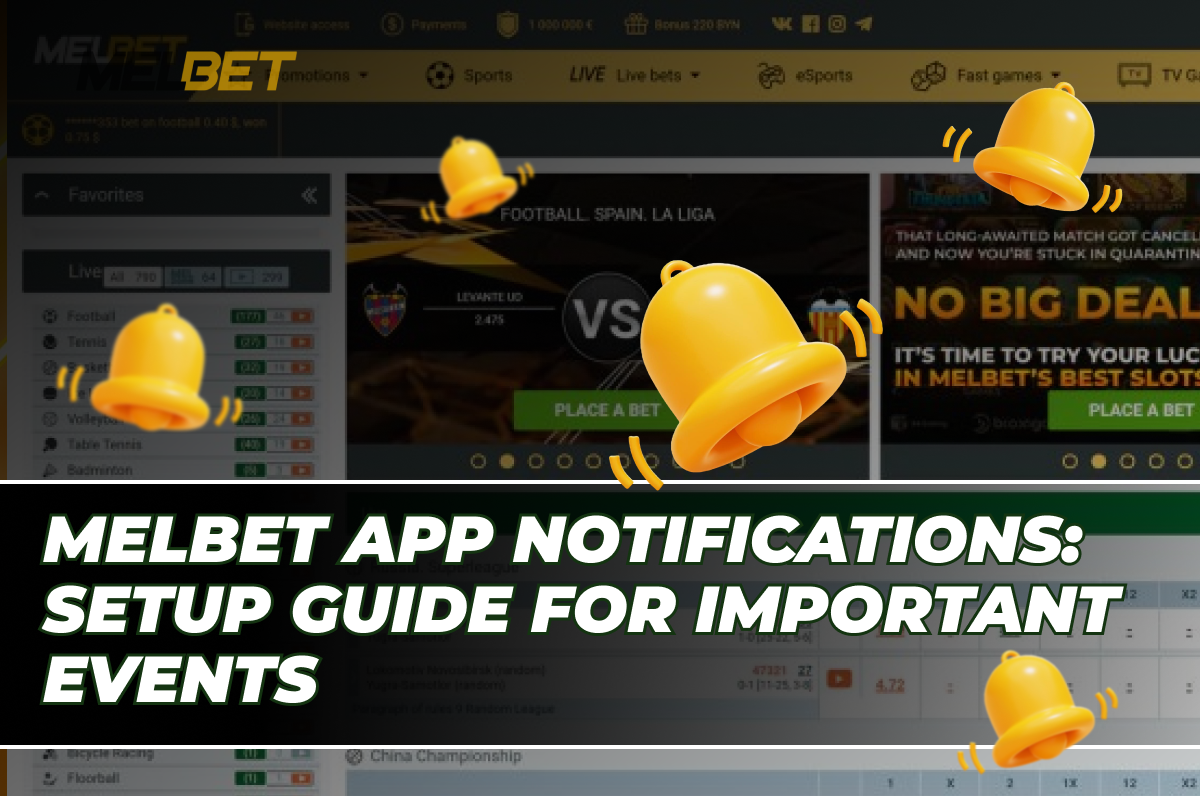Cricket is currently one of the most popular sports for betting at https://1winbet.pk/, especially when it comes to T20 and ODI formats. These two types of games are radically different from each other. And different approaches to analysis are also needed. Many beginners think that cricket is cricket. Like, what’s the difference between the formats?
In fact, there is a huge difference. T20 is a completely different game compared to ODI. The pace, strategy, even the team line-ups are all different. Let’s take a look at what to look for and how to analyse each format correctly.
T20
Twenty20 is the most dynamic format of cricket. There are only 20 overs per team, or 120 balls. There is no time to warm up. From the very first ball, the teams go on the attack. The batsmen hit hard, and the bowlers try to hold them back.
T20 is quite difficult to analyse because it is very unpredictable. One successful over can completely change the course of the match. Therefore, long-term statistics are not particularly effective here. It is better to look at the current form of the players — how they have played in the last 5-10 matches. You also need to study the statistics for a specific venue.
Powerplay in T20 is a critically important 6 overs. During this time, only two fielders can stand behind the circle. Teams try to score as many runs as possible or, conversely, take key wickets. Here you can make good money on over bets. Look at the teams’ powerplay statistics for their last matches.
ODI
One Day International is a serious marathon. 50 overs per team, i.e. 300 balls. There is time to warm up and build innings. Teams play more cautiously at the beginning and then speed up. The game is more predictable than in T20.
In ODI, you can safely use historical statistics. Look at the teams‘ head-to-head matches over the last 2-3 years. Especially on similar pitches. Weather and pitch conditions have a much greater impact on ODI matches. If rain is forecast, it can radically change the teams’ strategy.
The middle overs in ODI (11 to 40) are often the most boring. Teams play cautiously and accumulate wickets. But the last 10 overs turn into action. Here, the batsmen go all in, and the bowlers try to stop them. At this stage of the game, you can find very favourable odds on 1 Win.
Key Differences for Betting
The psychology of players in T20 and ODI is completely different. In the 20-over format, even experienced batsmen can make mistakes due to time pressure. In ODI, on the contrary, patient players have an advantage. Therefore, study not only the technique but also the mental qualities of cricketers.
Team line-ups also differ significantly between formats. In T20, all-rounders who can both bat and bowl are valued. In ODI, there is more room for specialists. Some players only play in one format. Be sure to check who is registered for a particular match.
The role of spinners also varies between formats. In T20, they are mainly used in the middle overs for containment. In ODI, spinners can bowl long balls and really influence the result. This is especially true on pitches in Asia, where the pitch helps the spin.
Tactical Nuances and Live Betting
Live betting on cricket is a separate topic. Especially in T20, where the situation changes every over. Keep an eye on key moments. Losing two wickets in a row can break even a strong innings.
In ODI, live betting is more predictable. You can calmly analyse the required scoring rate and draw conclusions. If a team needs 8+ runs per over in the last 15 overs, that’s serious pressure. And if it’s less than 6 runs per over, the batting team has the advantage.
Weather conditions have different effects. In T20, a light rain can cancel the match altogether. In ODI, there is the DLS method, which recalculates the target score. Learn the basics of this system — it will help you with live betting. Especially when rain interrupts the game during the catch-up stage.
Pitch Conditions Matter
Every cricket ground is unique. There are ‘paradise’ grounds for batsmen, such as Chinnaswamy Stadium in Bangalore. Here, the score can easily exceed 200. And there are bowler-friendly grounds like Wanderers in Johannesburg. Study the statistics for specific stadiums over the last season.
The size of the boundaries is also important. On small grounds like Eden Gardens, sixes fly one after another. On large grounds like the MCG, it takes considerable power to send the ball beyond the boundaries. This directly affects the teams’ strategy and the final result of the match.
The time of the match also plays a role, especially in ODI. Day games usually give an advantage to the team that bats first. By evening, dew can make the ball slippery for bowlers. And in day-night matches with a pink ball (for better visibility), there are other specific factors to consider.T20 and ODI are two different worlds in cricket. Each format has its own approach and needs to be analysed differently. Study the specifics, follow the news about the teams and take the stadium factor into account. Good luck at 1Win!
Read also about Paripesa Kenya – Official Sports Betting Site









